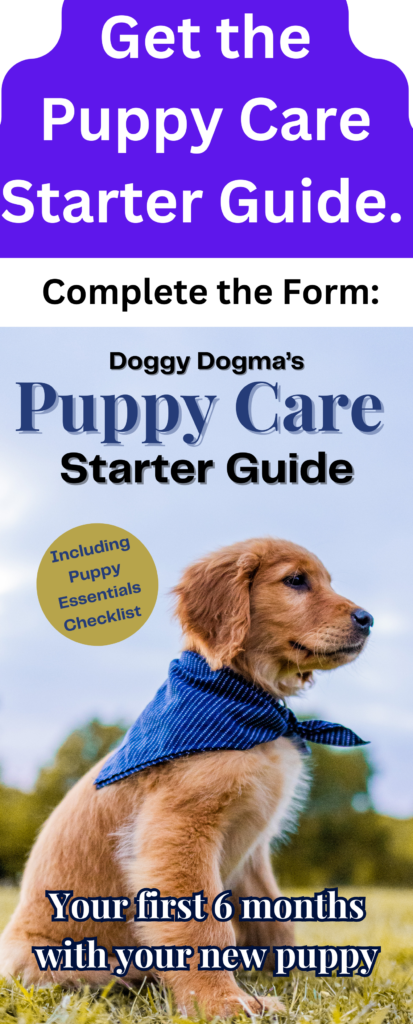Dealing with a newly adopted foster dog’s separation anxiety can be challenging, but with patience, consistency, and positive reinforcement, you can help alleviate their anxiety and prevent destructive behavior. Here are some steps you can take to address this issue:
1. Create a team to help: often the first step in dealing with separation anxiety is making sure the dog is not left alone. It helps to have a team around you so you can have support in limiting the time the dog is without a person. The team may include your trainer, a dog walker, friends and family that may be able to assist. Unfortunately having another dog is not a solution for separation anxiety.
2. Create a safe space: Designate a specific area in your home where the dog feels comfortable and secure. This can be a crate, a small room, or a gated-off area. Make sure this space is comfortable and includes their bed, toys, and some familiar scents. In this case, is needs to be escape-proof and not increase his anxiety.
3. Gradual alone-time training: Start by leaving the dog alone for very short periods, such as a few seconds, and gradually increase the duration over time. This helps the dog learn that being alone is safe and that you will return. Reward them with treats or praise when they remain calm during these practice sessions.
4. Use positive reinforcement: Reward the dog for calm behavior when you leave and return home. You can give them a treat or engage in a short play session to reinforce positive associations with your departures and arrivals.
5. Exercise and mental stimulation: Provide your dog with plenty of physical exercise and mental stimulation before leaving. This helps tire them out and makes them more relaxed during your absence. Consider activities like long walks, interactive toys, and puzzle feeders.
6. Counter-conditioning: Gradually associate your departure cues (such as picking up keys or putting on shoes) with positive experiences. Perform these cues multiple times throughout the day without leaving, so they no longer trigger anxiety. Over time, your dog will learn that these cues don’t always mean you’re leaving for an extended period.
7. Desensitization to departure cues: Work on desensitizing your dog to the cues that trigger their anxiety. Start by performing these cues at a low intensity and gradually increase them. For example, put on your shoes but don’t leave immediately. This helps the dog become accustomed to these cues without experiencing the anxiety associated with them.
8. Provide distractions: Leave interactive toys or treat-dispensing puzzles to keep your dog occupied and mentally engaged while you’re away. This can help redirect their attention away from their anxiety and onto more positive activities.
9. Consider pheromone therapy: Products like pheromone diffusers or sprays, such as Adaptil, can help create a calming environment for your dog. These synthetic pheromones mimic the natural ones produced by nursing mother dogs and can help reduce anxiety.
10. Medication (if necessary): In severe cases, your vet may recommend anti-anxiety medication to help manage your dog’s separation anxiety. Consult with a veterinarian who can provide guidance on the most suitable options for your dog’s specific situation.
Remember, addressing separation anxiety takes time and patience. It’s crucial to avoid scolding or punishing your dog for their destructive behavior, as this can worsen their anxiety. Instead, focus on positive reinforcement, consistency, and gradual exposure to help your foster dog feel more secure and confident when left alone.

